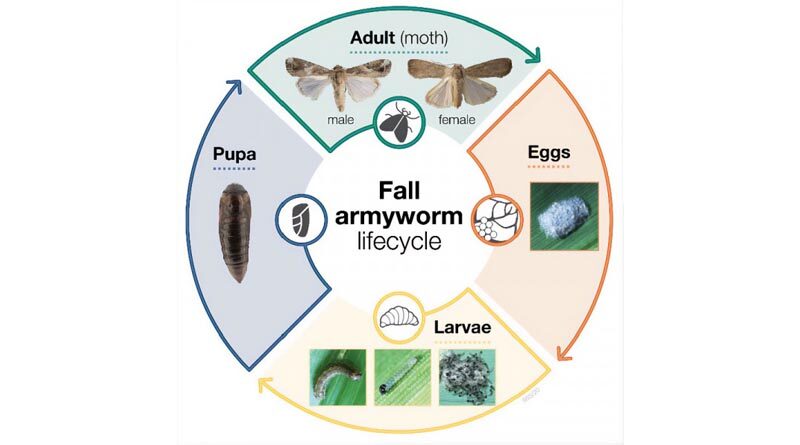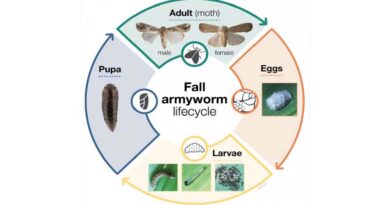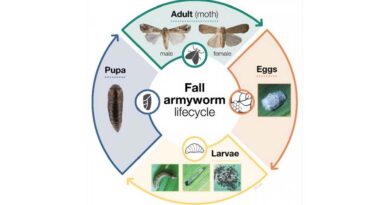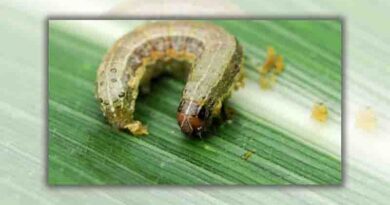Managing the plant pest fall armyworm
10 October 2022, NZ: On 16 March 2022, Biosecurity New Zealand confirmed that a single egg mass found in Tauranga was identified as the unwanted organism, Fall Armyworm (FAW)
A further 24 detections of FAW were confirmed on 23 June 2022.
While the fall armyworm thrives in very warm climates and it is unlikely to survive winter in most areas of New Zealand. Growers are encouraged to continue to look for signs of it, particularly on volunteer maize and corn plants. Information about this pest and what to look for can be found here.
Biosecurity New Zealand and primary sector partners are continuing to respond to the discovery of the fall armyworm and want to thank all farmers and growers for keeping an eye out and reporting signs of this moth pest.
Better Border Biosecurity (B3) has also started a research programme to understand the survival, distribution and potential impacts of this moth pest in New Zealand. From September 2022, more than 200 FAW pheromone traps will be distributed around the country to support the B3 research work.
Process Vegetables New Zealand, Vegetables New Zealand, Onions New Zealand and other industry groups are closely engaged in the fall armyworm response, alongside other GIA partners Seed and Grain Readiness and Response, and the Ministry for Primary Industries.
Growers will continue to be provided further information for addressing FAW, but for now, the focus remains on identifying the spread, reporting any possible finds and dealing with any confirmed populations.
Also Read: India signs deal with Dubai company to improve DAP and NPK supply
(For Latest Agriculture News & Updates, follow Krishak Jagat on Google News)















